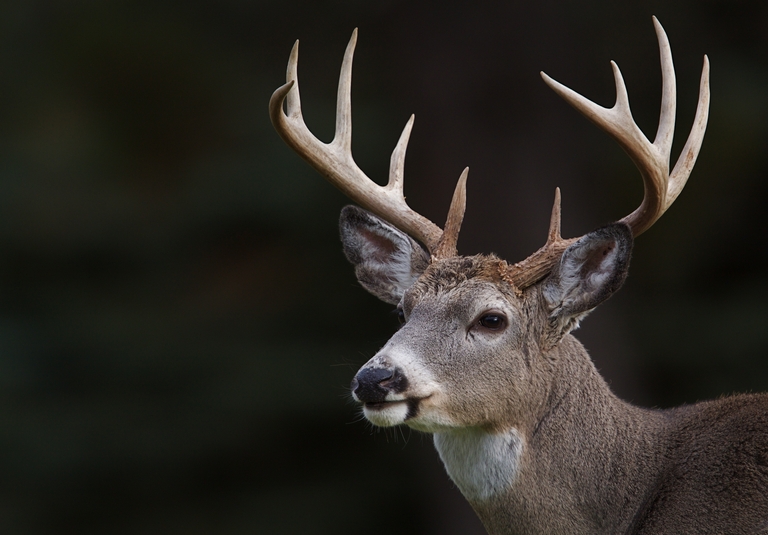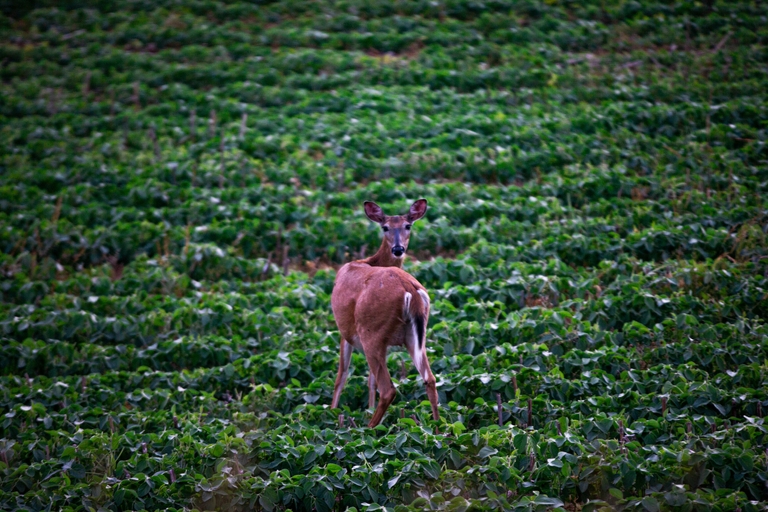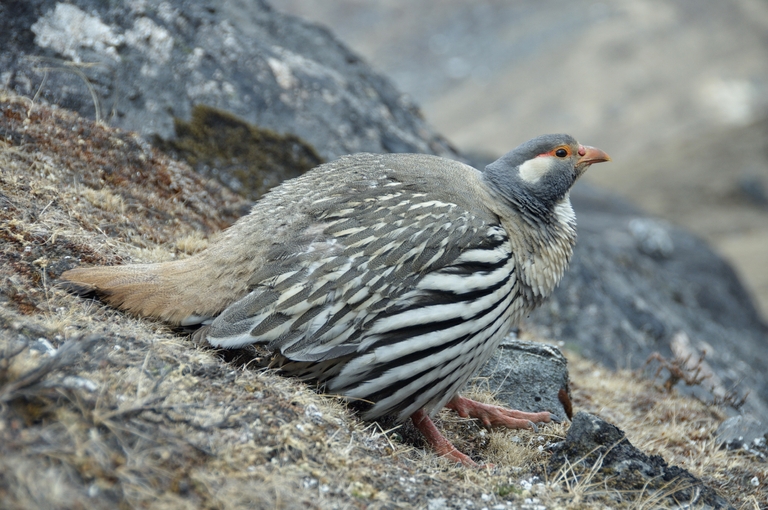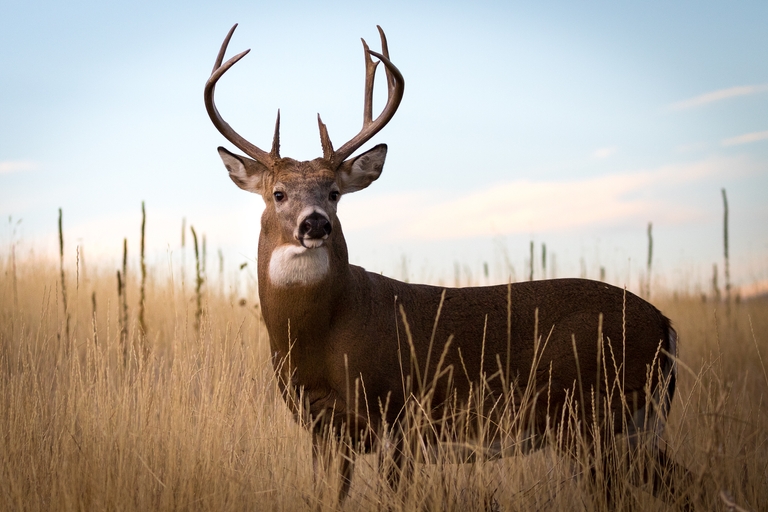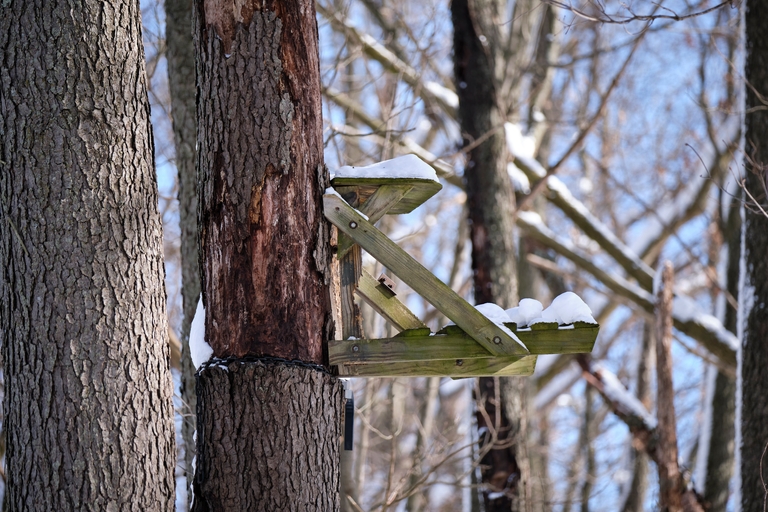A Hunter's Best Friend: A History of Hunting Dogs

Hunters use a variety of strategies to improve their success during a hunt, but one strategy dates back many, many years: having a dog as a hunting partner.
According to the American Kennel Club, there are now 30 officially recognized sporting group breeds, and many dogs of any breed can be taught the essentials to be excellent hunting companions.
So, when and how did hunters begin using dogs? Keep reading to learn a little about the history of hunters and hunting dogs.

An Ancient Friendship
Hunters may have used dogs for hunting as long as 20,000 years ago. At this time, early humans were hunter-gatherers. Dogs are considered the first animals humans domesticated before cows and sheep.
How did the domestication start? Archeological evidence suggests that several species of jackals, wolves, and coyotes may have begun staying near humans and their camps. Some theorize this nearness to humans led to the domestication of dogs: friendly, submissive wolves and wolf-hybrids were allowed to stay near the camp, eating scraps and breeding with other friendly dogs, while bold and aggressive wolves were driven away.
Either way, humans and dogs evolved in tandem. Dogs appear alongside hunters in ancient cave paintings all around the world. Evidence suggests that dogs have been used as hunting partners, guard dogs, and hauling heavy items for about 12,000 years.
Selective, intentional breeding likely appeared 9,000 years ago as herding dogs began to emerge. Not every dog was ideal for every type of prey or job, and over time, dogs diversified into the hundreds of breeds that are now available.
What Are the Best Types of Hunting Dogs?
Today's hunting dogs fall into three main categories, with several breeds belonging to each category based on appearance and abilities: terriers, gun dogs, and hounds.
Terriers
Terriers are small dogs used to hunt small game, such as birds or rabbits. They are also used to track wounded large animals such as deer.
These dogs are still common hunting companions in other parts of the world. Still, they have largely become house pets in the U.S. Examples of terriers include airedales, jack russell terriers, and rat terriers.
Gun Dogs
A gun dog's job is to pursue hidden game animals. They can find a prey animal's scent in the air at close range, will flush birds and small game, and some retrieve downed animals.
Gun dogs are ideal when hunting upland and wetland game, small mammals, and birds. Examples of gun dog breeds include Labrador retrievers, English pointers, and the English springer spaniel.
Hounds
A hound is built for stamina, as its task is chasing running game.
They typically have loud barks and excellent noses. Some hounds specialize in treeing game such as raccoons, squirrels, and even bears until their hunter arrives.
Hounds excel at hunting deer, coyote, wild boar, rabbits, and foxes. Hound breeds include the mountain cur, the black-and-tan coonhound, and the American foxhound.
Where Can I Learn More About Hunting Dogs?
As with any "tool" in the hunter's kit, it's essential to research before you bring a hunting dog home or use them to help you hunt game.
Learn more about different dog breeds at the North American Versatile Hunting Dog Association, United Kennel Club, and the American Kennel Club.
You can also talk with other hunters who use dogs about choosing a good dog for your hunts and training them to be a good hunting partner. Often, personal connections for finding a dog and learning from a trusted, experienced hunter can help you see better success in finding the right dog and getting them involved in your hunts.
Keep Your Hunting Dog Safe With Hunter Education
As with any hunting partner in the field with you, keeping your dog safe while on a hunt is crucial. Since your dog can't take a hunter education course, you'll need to do it for them!
Hunter-Ed not only helps hunters stay safe through our online state-approved courses, but we also teach about keeping everyone (and every dog) safe when hunting. You'll learn about transporting your firearm safely, staying within your safe zone of fire (to avoid shooting at people or animals that are not your intended target), what type and how much blaze orange you and your dog need during a hunt, and more.
Before you head out with your hunting dog this season, find the course for your state and start learning!
Originally published August 27, 2015. Content updated March 28, 2024.

